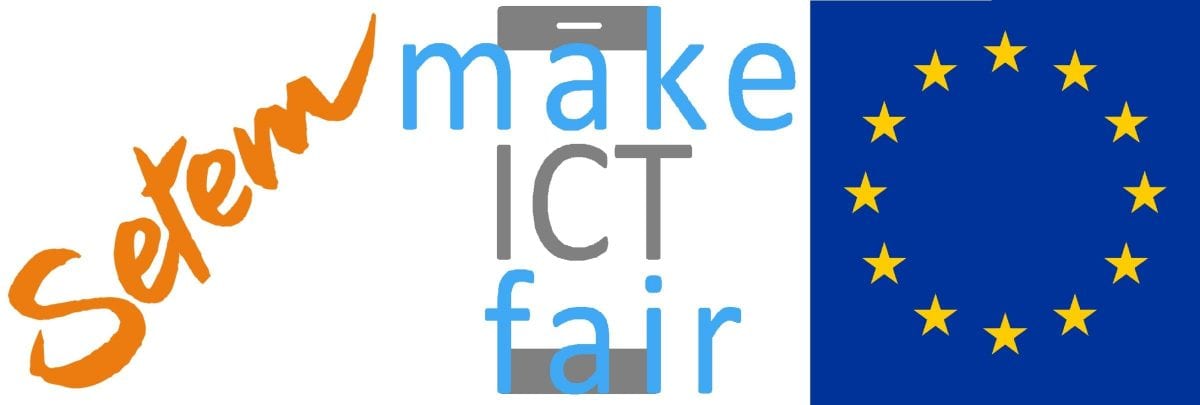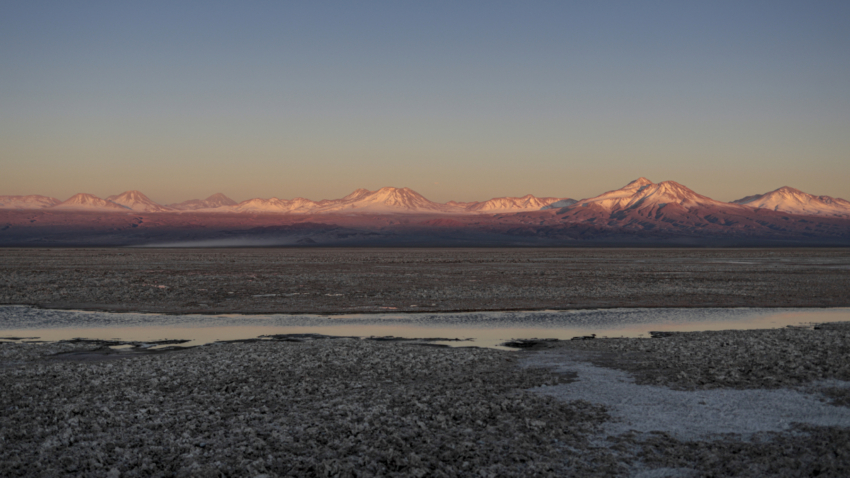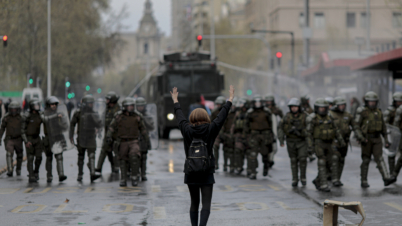A Danwatch investigation
There’s probably Chilean lithium behind the screen you’re reading this on
After Atacama’s brine water has evaporated, lithium-concentrated salt is transported to the Chilean coastal city Antofagasta for the production of lithium carbonate. Subsequently, it is shipped out – mostly for battery manufacturing in South East Asia.






